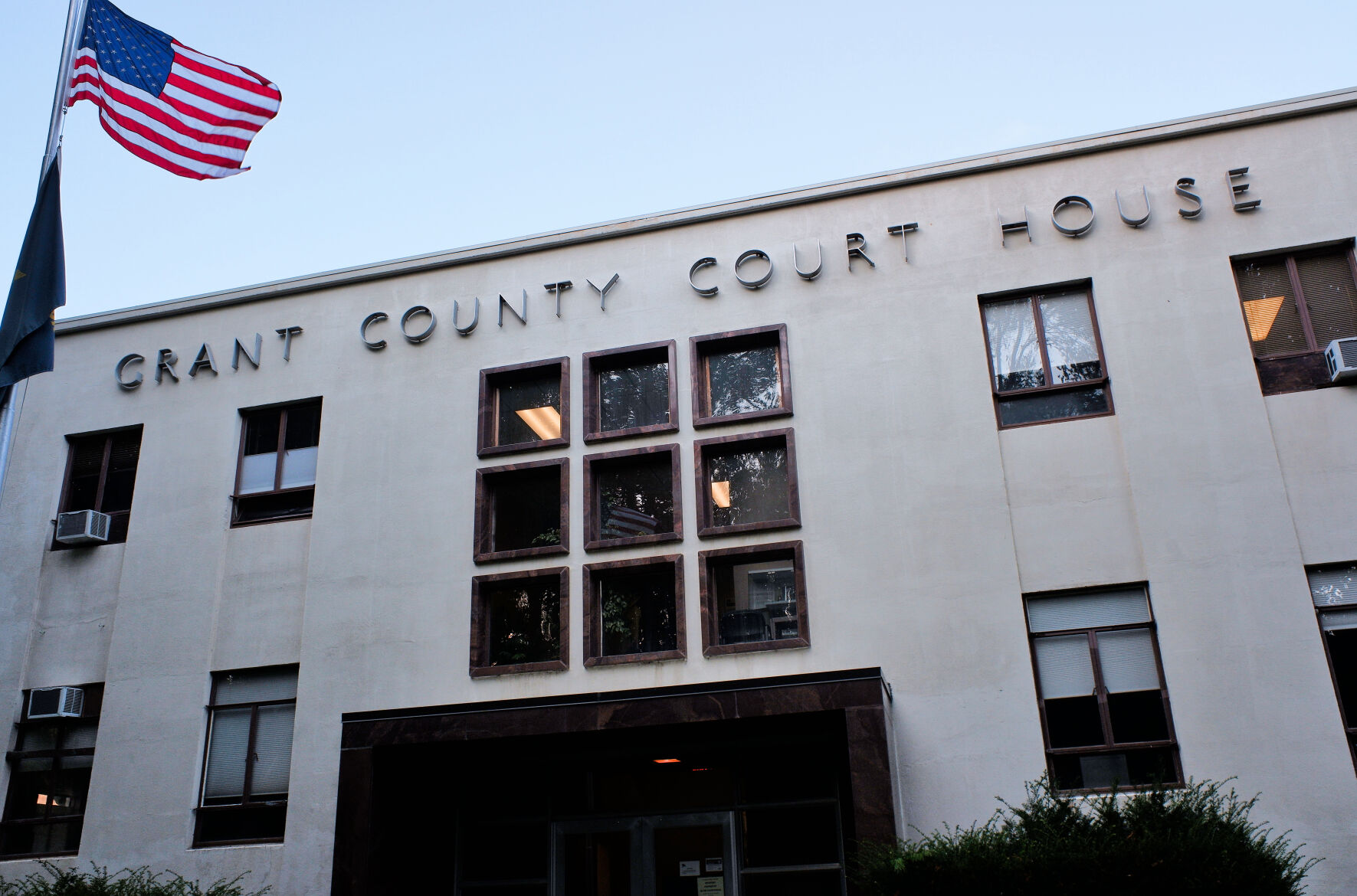Oregon deer-vehicle collisions rise only slightly
Published 5:00 pm Tuesday, October 14, 2008
Salem – Oregon’s deer and drivers remain relatively safe – from each other – compared to some other high-risk states. According to State Farm Insurance claims data, the number of deer-vehicle collisions in Oregon is up just 1.8 percent from five years ago. That compares with a 14.9 percent increase over the entire United States.
Using its deer claims data from the last half of 2007 and the first half of 2008 and motor vehicle registration counts by state from the Federal Highway Administration, State Farm estimates the chances of an Oregon vehicle colliding with a deer over the next 12 months at 1 in 290.
For the second year in a row, West Virginia is the state in which deer-vehicle collisions are most likely. The chances that a vehicle in that state will collide with a deer sometime in the next 12 months are estimated to be 1 in 45. The probability of a vehicle hitting a deer in West Virginia sometime in the next year is roughly two times greater than the possibility that you will be audited by the Internal Revenue Service in 2009 and 1,100 times greater than your chance of winning a state lottery grand prize if you buy one ticket per day for the next year.
Michigan remains second on the list. Pennsylvania, Iowa and Arkansas (1 in 108) each moved up one spot on the list to third, fourth and fifth respectively. The state in which deer-vehicle collisions are least likely is still Hawaii.
The average property damage cost of these incidents was just over $2,950, up 2.5 percent from a year ago.
According to the Insurance Institute for Highway Safety, there are approximately 1.5 million deer-vehicle collisions annually in the United States, causing more than 150 fatalities and $1.1 billion in property damage.
These collisions are more frequent during the deer migration and mating season in October, November and December. The combination of growing deer populations and the displacement of deer habitat caused by urban sprawl are producing increasingly hazardous conditions for motorists and deer.
Here are tips on how to reduce the chances of a deer-vehicle collision.
? Be aware of posted deer crossing signs. These are placed in active deer crossing areas.
? Remember that deer are most active between 6 and 9 p.m.
? Use high beam headlamps as much as possible at night to illuminate the areas from which deer will enter roadways.
? Keep in mind that deer generally travel in herds. If you see one, there is a strong possibility others are nearby.
? Do not rely on car-mounted deer whistles. They don’t work.
? If a deer collision seems inevitable, attempting to swerve out of the way could cause you to lose control of your vehicle or place you in the path of an oncoming vehicle.






